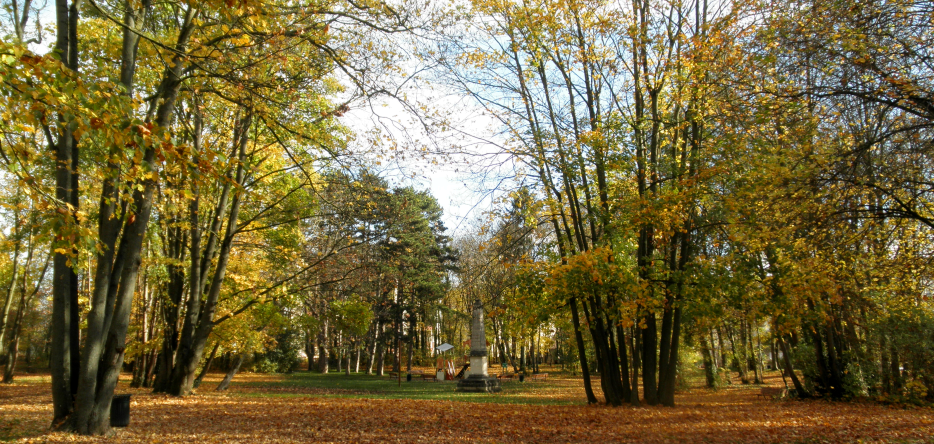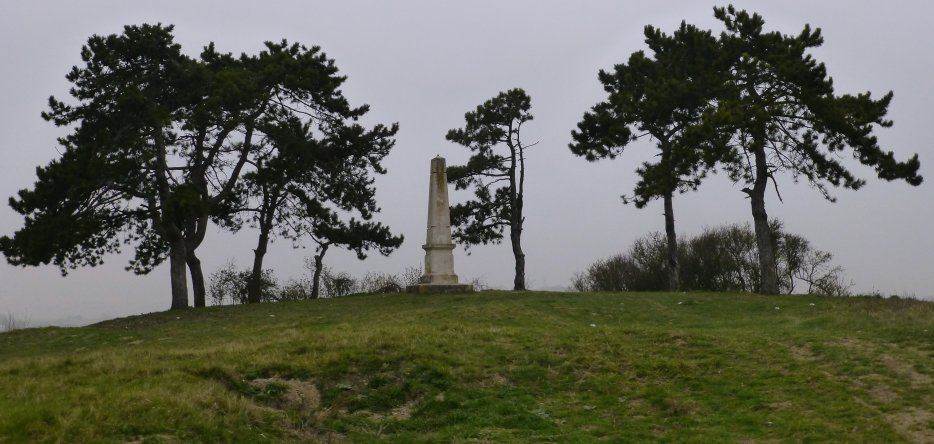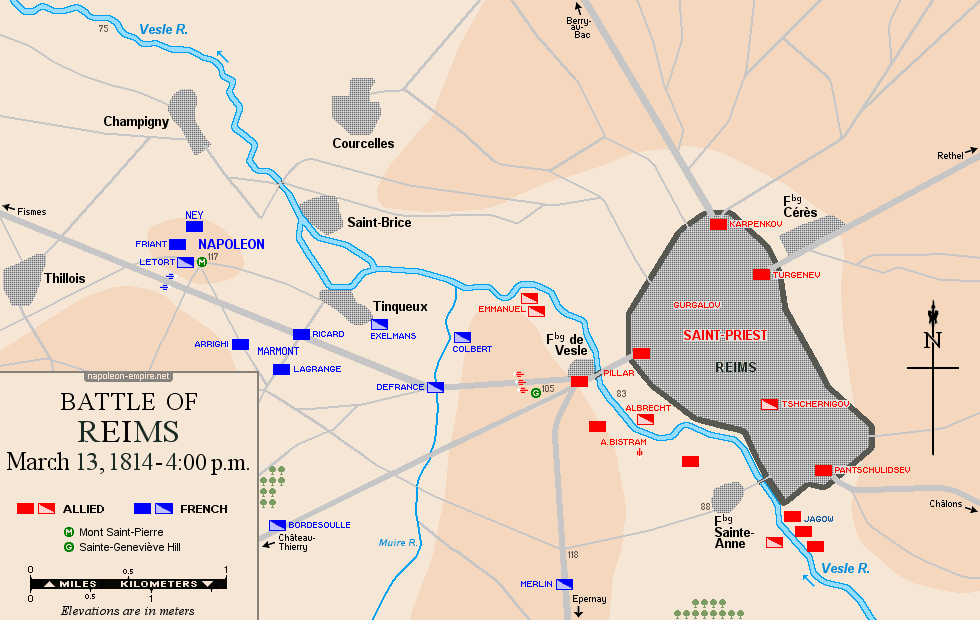Date and place
- March 13, 1814, in Reims, a city in the Marne department in Champagne (now part of the Grand-Est region).
Involved forces
- French army (10,000 men) under the command of Emperor Napoleon 1st.
- Coalition army (15,000 men), under the command of General Guillaume Emmanuel Guignard de Saint-Priest.
Casualties and losses
- French army: 700 men.
- Coalition army: 3,000 dead, 1,500 wounded, 2,500 prisoners and eleven cannons.
Fortune's Last Smile
according to Marshal Marmont, the victory at Reims allowed Napoleon to split the Allied armies into two sections. However, he no longer had the resources that would allow him to fully exploit this considerable success.
The general situation
After his defeat on March 9 and 10, 1814 at the battle of Laon, Napoleon retreated first to Soissons .
But on March 12, Reims was taken by surprise by the Russian general Guillaume de Saint-Priest and his 15,000 men. They expelled the French, who had been holding the city since the 5th under the command of general Jean-Baptiste Juvénal Corbineau .
On hearing this news, Napoleon, who had initially intended to head for the Seine via the Château-Thierry road, immediately retreated to the town of Saint-Rémi.
There were several reasons for this:
- Firstly, this success of the coalition enabled its forces to re-establish the link between Karl Philipp Fürst zu Schwarzenberg's large army and Gebhard Leberecht von Blücher's Silesian army.
- Secondly, the fall of Reims also threatened Soissons, where Napoleon intended to leave only Marshal Edouard Mortier behind.
- Finally, the Emperor needed a victory to restore his troops' morale. He intends to achieve this against the small, isolated corps of Saint-Priest.
Leaving the Soissons Guard to Mortier as planned, Napoleon sent Marshal Michel Ney, General Louis Friant and the Guard cavalry with him.
On the way, he was reinforced by the remnants of Auguste Frédéric Louis Viesse de Marmont's VI Corps, which was waiting for him at Fismes , and thus had around 10,000 men at his disposal to present himself in front of Reims.
For their part, having learned of Napoleon's failure at Laon, the Allies imagined themselves perfectly safe. They were peacefully installed in and around the town, at Muizon, Thillois, Geux, Ormes, Bézannes, Cormontreuil, Sillery and Rosnay, on the road to Fismes, where two Prussian battalions were posted in the vanguard.
The fighting
When he received reports of French troops at Jonchery-sur-Vesles, close to his outposts, Saint-Priest mistook them for remnants of the troops he had expelled from Reims, and paid them little heed. Didn't the latest news mention the destruction of the French army in front of Laon?
He was therefore very surprised when his soldiers at Rosnay were overwhelmed by French cavalry. He immediately rushed out troops and positioned them in front of the town, on the west side of it, in a double line supported by 24 field guns:
- his right flank rested on the Vesle River;
- his center on the Tinqueux heights, on Sainte-Geneviève hill [nowadays Parc de la Cure d'air] [49.24675, 4.00848], two kilometers as the crow flies west-southwest of Reims' Cathedral ;
- his left flank at the Muire River ravine.

The 1st Pommeranian Landwehr and 12 guns were posted near Bezannes on the left. One battalion of the Neumark Landwehr was at Cormontreuil, while a second battalion guarded the bridge at Sillery, 11 kilometers southeast of Reims. The Prussian cavalry deployed on the far left while Russian cavalry held the far right flank.
Saint-Priest established an artillery battery on the Sainte-Geneviève plateau which was supported by the Riazan Infantry, the 1st and 33rd Jagers and the Kharkov and Kiev Dragoons. This force was placed under the direction of Adam Ivanovich Bistram (Ада́м Ива́нович Би́стром) .
However Saint-Priest was still convinced, at this moment, that the French activity was a simple reconnaissance.
Napoleon ordered a frontal attack in the early afternoon, and directed the fighting from the top of Mont-Saint-Pierre [49.25737, 3.97285], located halfway between Thillois and Tinqueux:

Marmont quickly drove in the enemy's left, which was disrupted by the early wounding of his commander, who was hit just as he ordered the retreat.
His replacement, Ivan Davidovich Pandschulidzev (Иван Давыдович Панчулидзев) , was unable to prevent disorder from setting in, and his column was almost cut off by a charge from the honor guards commanded by general Philippe-Paul de Ségur . The Prussian cavalry, in particular, were unable to find refuge within the city walls and threw themselves into the surrounding ditches, where they had to abandon their horses.
Despite this difficult start, the coalition troops persevered in the fight until after nightfall. Marmont's troops took the suburbs, but were slow in forcing the gates of Reims. Several Russian regiments dedicated themselves to give the bulk of the coalition troops time to escape towards Neufchâtel-sur-Aisne and Berry-au-Bac .
Finally, around midnight, the French entered the town. However, they would need another hour or two to take complete control, as the enemy rearguard put up stiff resistance.
Eventually, however, the Russians and Prussians gave in and strayed in all directions: Berry-au-Bac to the northwest, Neufchâtel-sur-Aisne to the north, Rethel to the northeast and Châlons to the southeast.
Shortly afterwards, Napoleon entered through the Porte de Vesle into a town that had been fully illuminated to welcome him. He bivouacked in the evening on the Colline Sainte-Geneviève.
Results and aftermath
French losses amounted to just a few hundred men, while more than 5,000 of the coalition troops were out of action.
Although Napoleon was unable to capture the bulk of the city's forces, as he had hoped, he nonetheless scored a major success, as it enabled him to separate the two sections of the coalition armies.
After giving his troops a rest on March 14, 15 and 16, during which time he himself stayed in Reims, the Emperor soon tried to exploit his advantage by attacking the flank of Generalissimo Karl Philipp Fürst zu Schwarzenberg's army, which had spread its various corps over 80 kilometers along the river Aube .
Napoleon left reinforced by a corps of 6,000 men, formed in the Ardennes by General Jean Guillaume Janssens and brought by him to Reims, where he arrived on the 14th, just in time.
Map of the battle of Reims

Picture - "Entrance of Napoleon into Reims". Painted by Laurent Detouche.

General Corbineau, thought to be dead, reappeared alive on the morning of the 14th, having spent the days of the Allied occupation hidden in disguise in the home of a Reims bourgeois.
General Saint-Priest died as a prisoner a few days after the capture of Reims, following amputation of his foot or leg (sources differ).
 Display the map of the Campaign in northeast France in 1814
Display the map of the Campaign in northeast France in 1814
Photos Credits
Photos by Lionel A. Bouchon.Photos by Marie-Albe Grau.
Photos by Floriane Grau.
Photos by Michèle Grau-Ghelardi.
Photos by Didier Grau.
Photos made by people outside the Napoleon & Empire association.